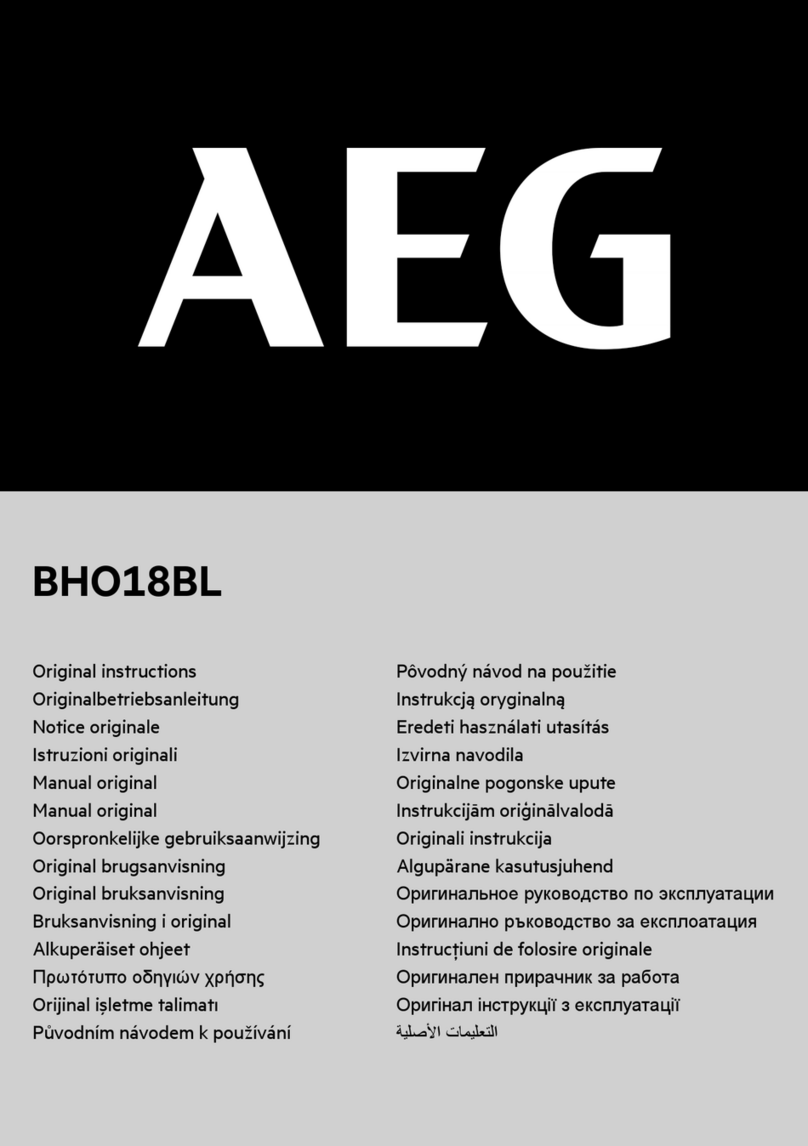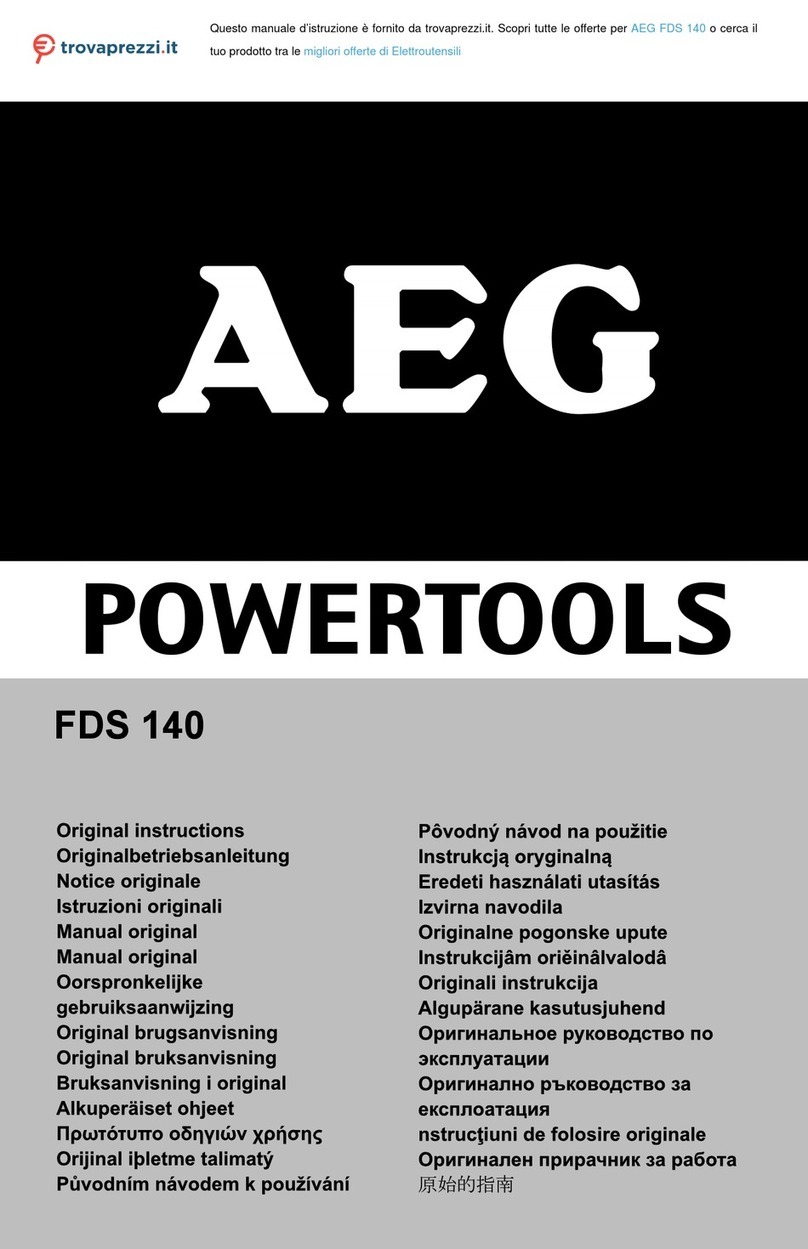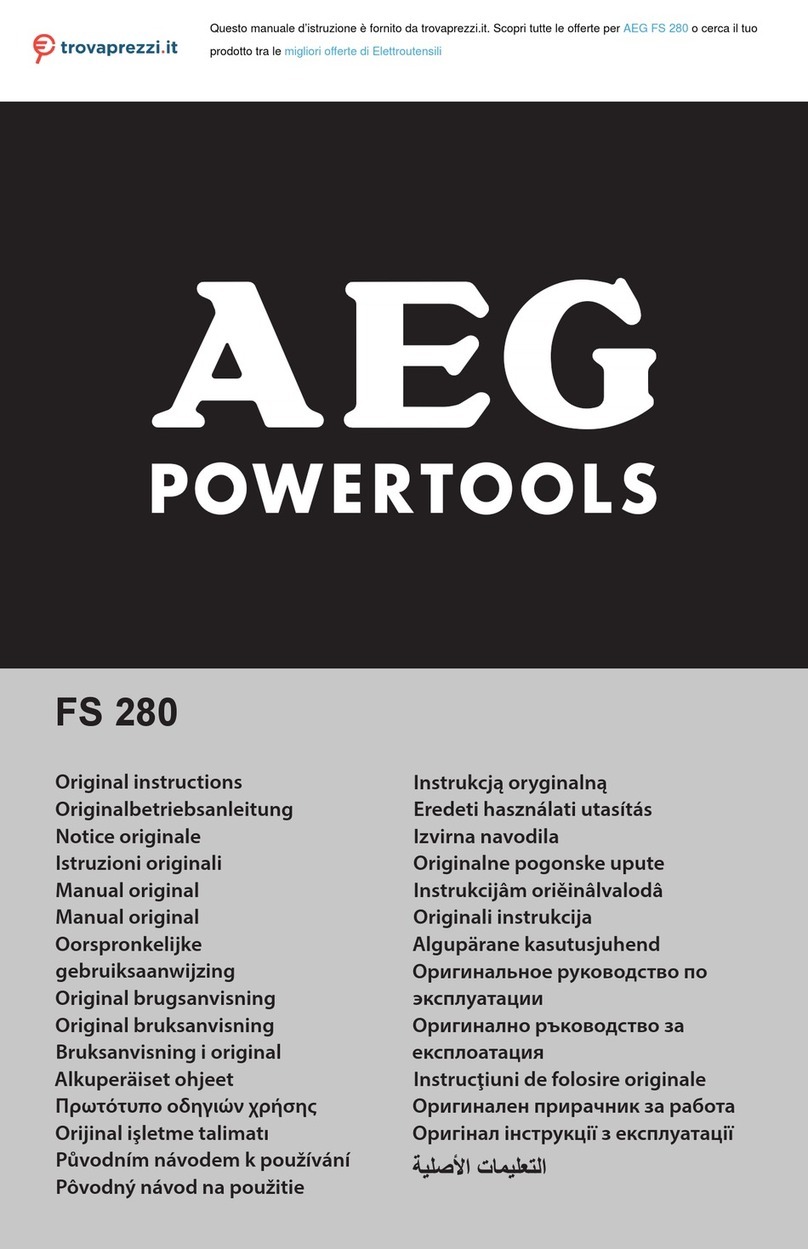AEG PL700 User manual
Other AEG Planer manuals
Popular Planer manuals by other brands

Scheppach
Scheppach Plana 3.0 Translation from the original instruction manual

Felisatti
Felisatti PF180/1500 operating instructions

Melbourne
Melbourne MTC-49407 owner's manual

VARO
VARO POWERplus POW1520 manual

Powermatic
Powermatic 209 Operating instructions and parts manual

DeWalt
DeWalt DW 1150 Operation, adjustmants, maintenance, spare parts




























